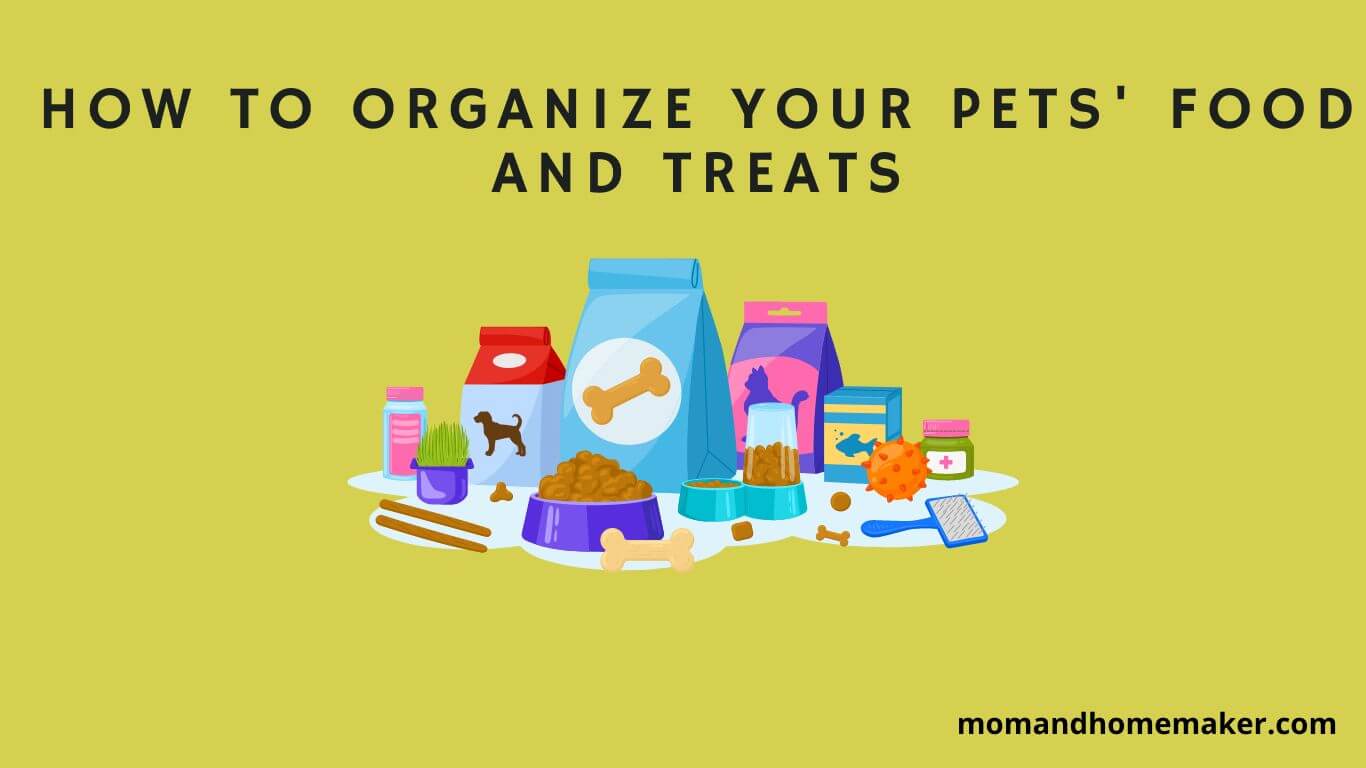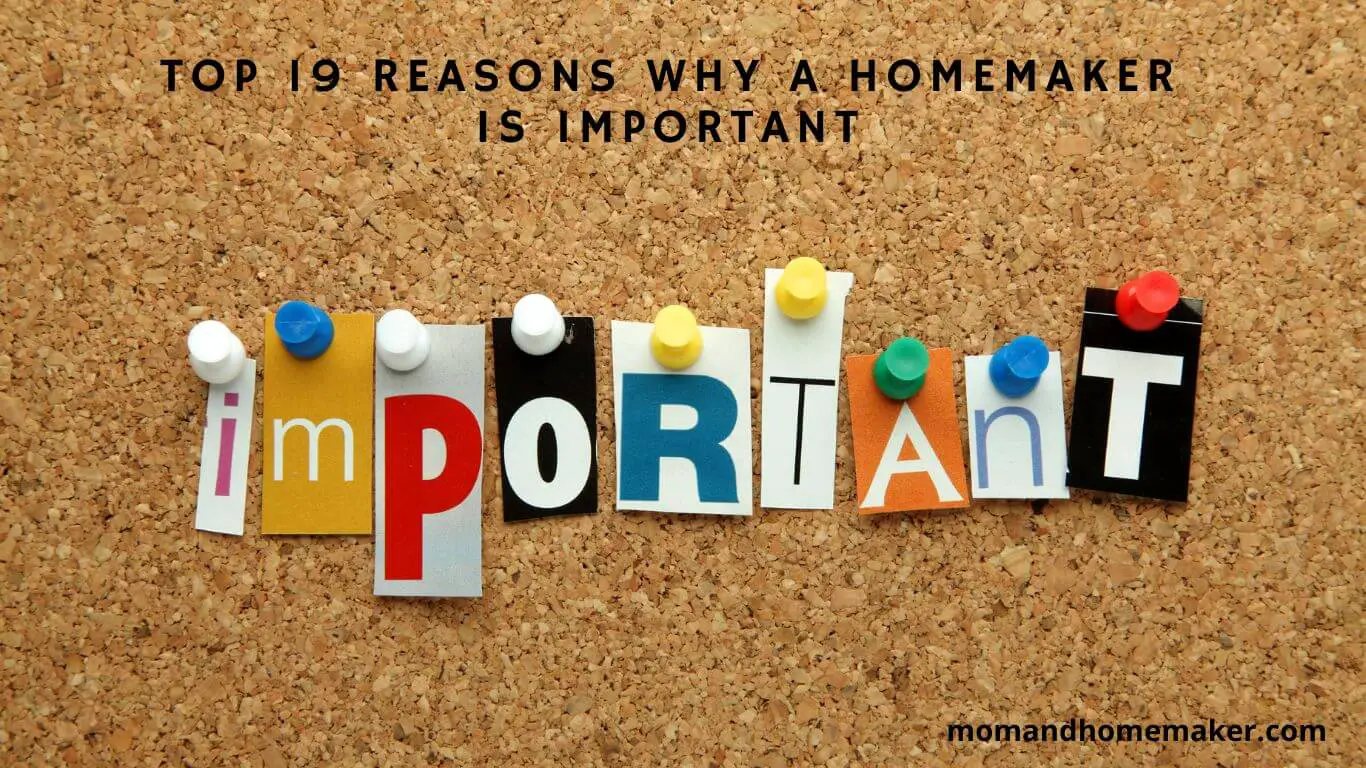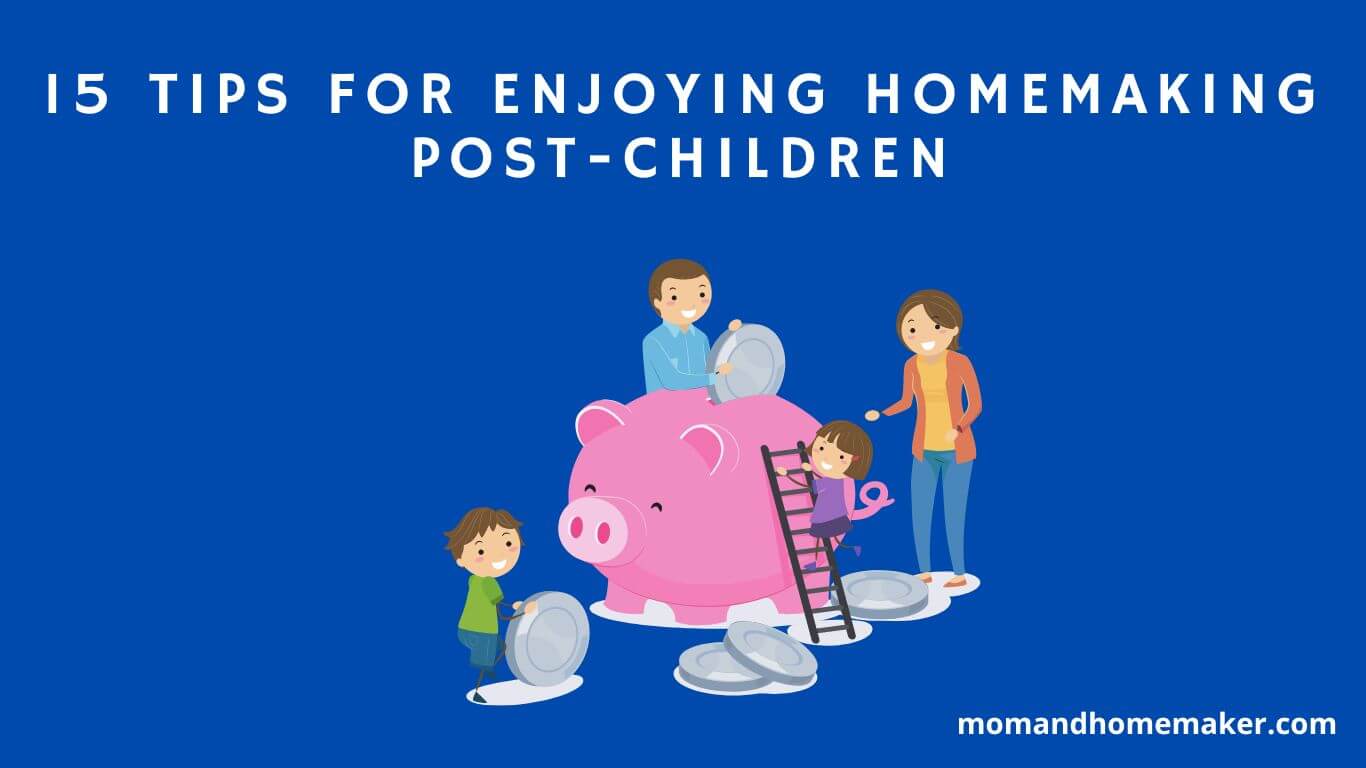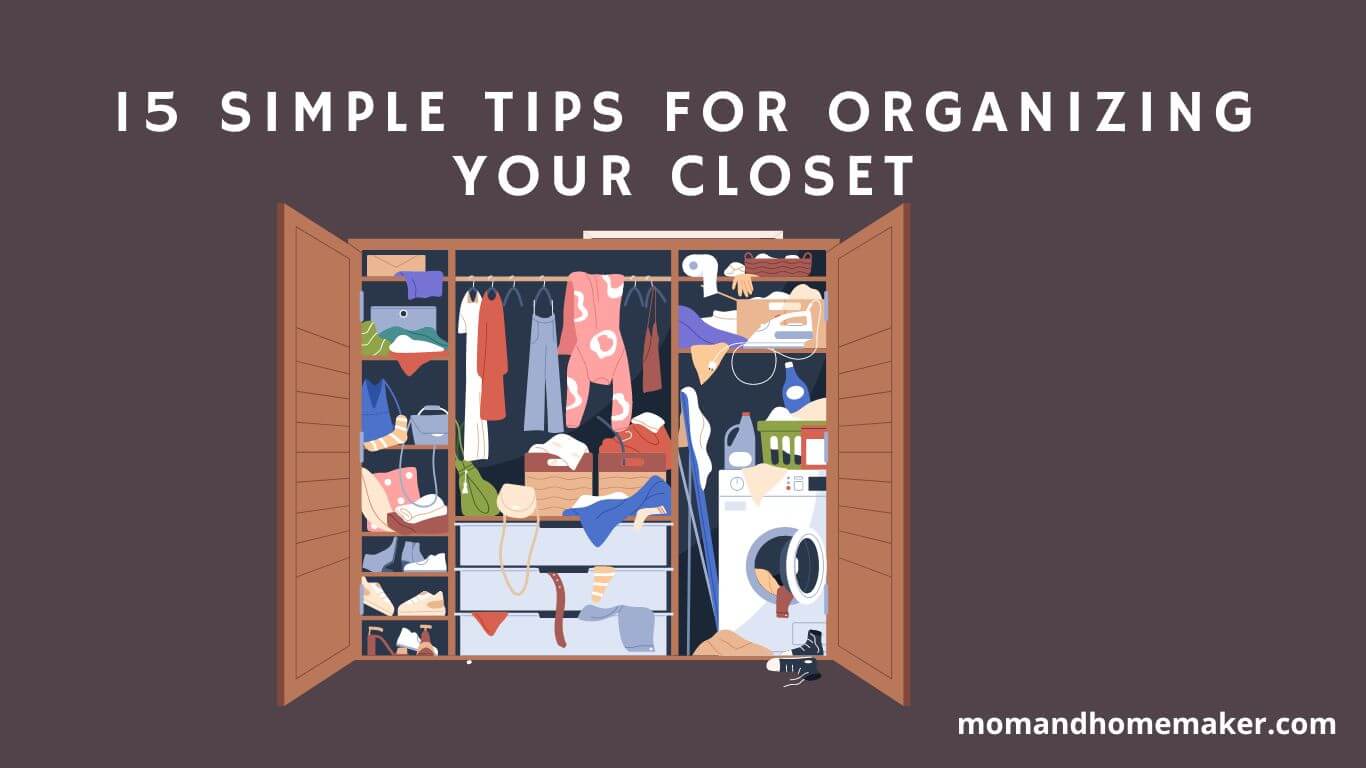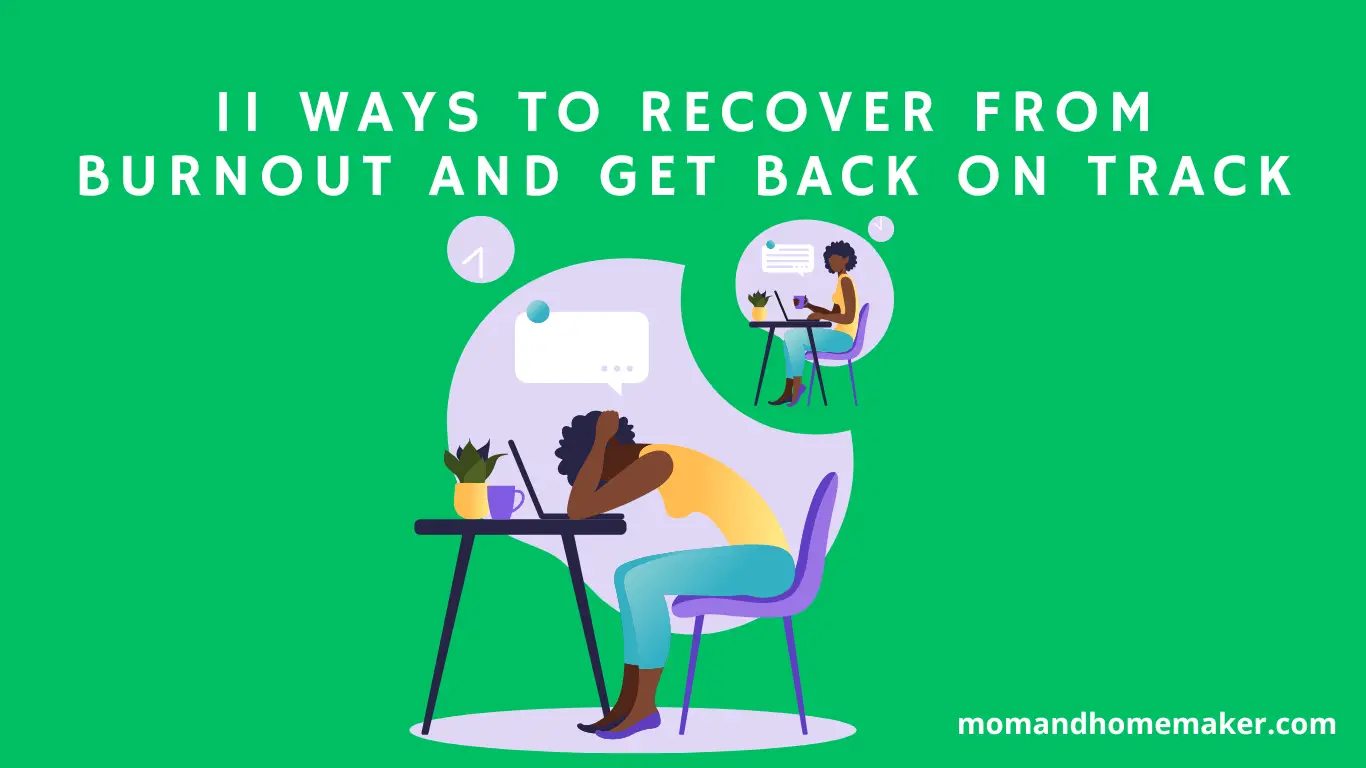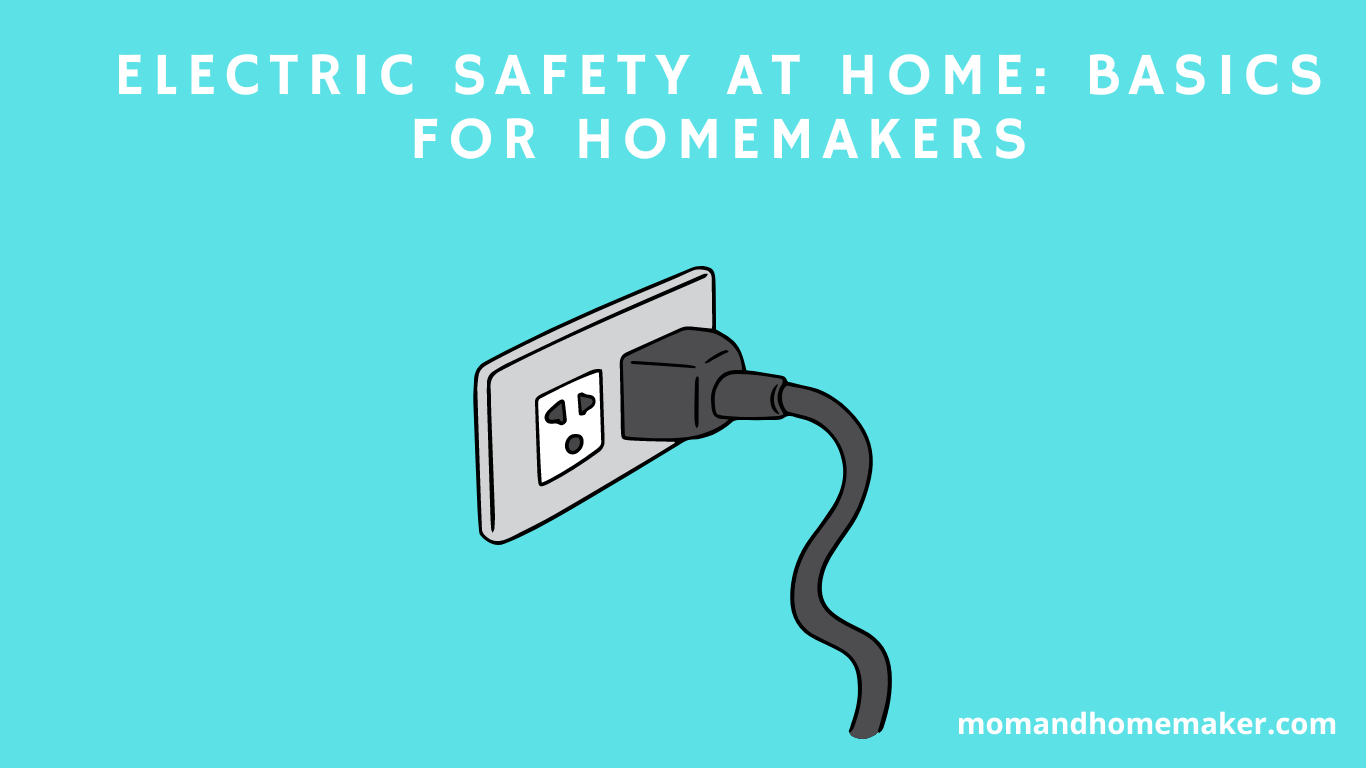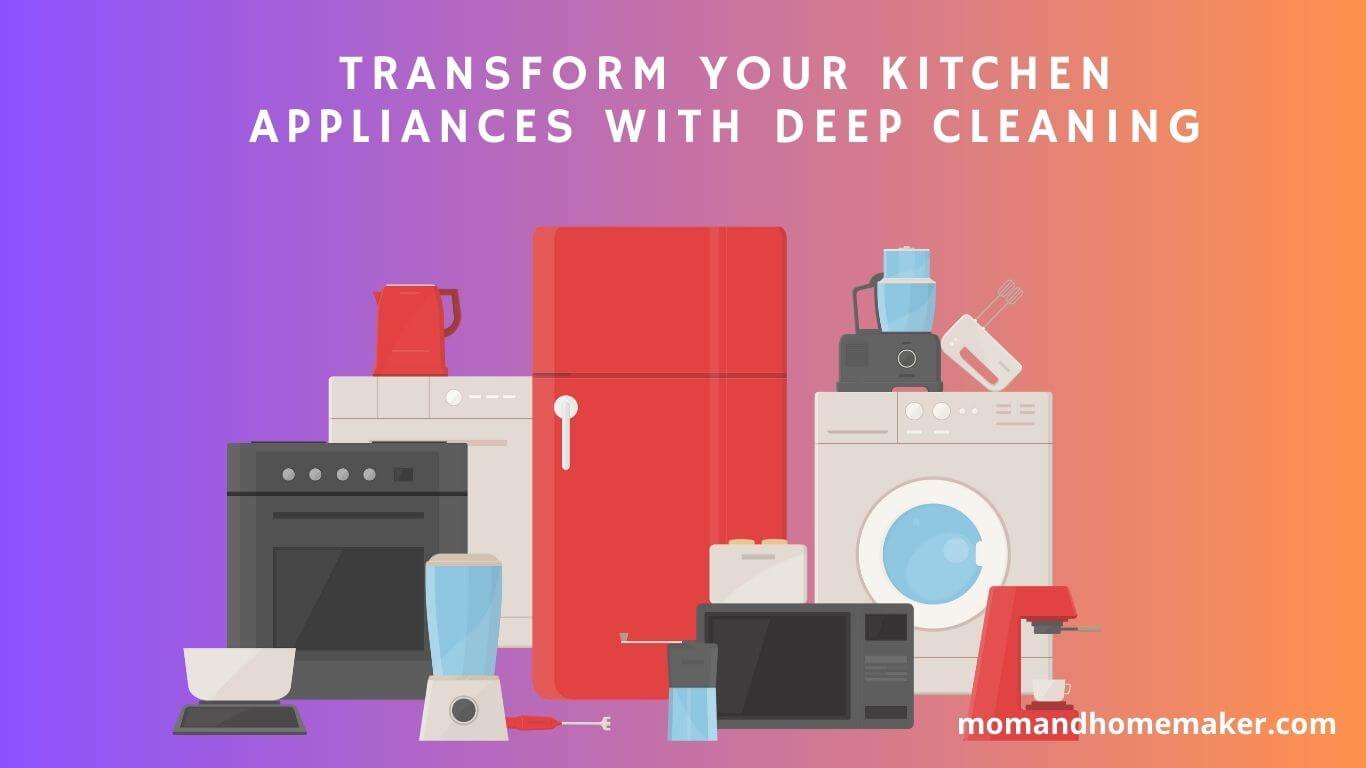Having a pet brings immense joy and companionship to our lives. Whether you have a furry feline friend or a playful pooch, one thing is for sure – they love their food and treats! However, sometimes it can be a challenge to keep their supplies organized, especially if you have multiple pets or limited storage space. That’s why learning how to effectively organize your pets’ food and treats is essential for maintaining a tidy and accessible feeding routine.
In this guide, we will discuss various tips and strategies to help you create a well-organized and efficient system for storing and managing your pets’ food and treats. From choosing the right storage containers to establishing a feeding schedule, get ready to transform your pet’s mealtime experience and make your life a little easier in the process.
Table of Contents
Key Takeaways
- Assess storage space and choose appropriate containers
- Establish a feeding routine and separate food from treats
- Maximize storage options using wall or cabinet space
- Label containers for easy identification
Assess Your Storage Space
Take a moment to see how much room you’ve got for storing your furry friend’s food and treats. Assess your storage space and figure out how much you can dedicate to your pet’s supplies. It’s important to maximize storage and make the most of the space you have available.
One way to do this is by utilizing vertical space. Consider installing shelves or using stackable containers to take advantage of the height in your storage area. This will help you optimize organization and keep everything easily accessible.
When assessing your storage space, it’s also important to consider storage solutions specifically designed for pet food and treats. Look for containers that are airtight and have a secure seal to keep your pet’s food fresh and prevent any unwanted pests from getting in. Additionally, choose containers that are easy to clean and maintain.
If you have limited storage space, think about utilizing other areas in your home for pet food storage. For example, you can designate a specific cabinet or shelf in the kitchen for your pet’s supplies. This will help keep everything organized and easily accessible when it’s time to feed your furry friend.
Taking the time to assess your storage space and consider storage solutions will ensure that your pet’s food and treats are kept fresh, organized, and easily accessible whenever you need them.
Choose the Right Storage Containers
When it comes to keeping your furry friend’s meals and snacks fresh, it’s essential to opt for the appropriate storage containers. Here are some tips to help you choose the right ones for your pet:
- Assessing space: Consider the available space in your kitchen or pantry before selecting storage containers. Measure the area and choose containers that fit well and don’t take up too much space.
- Portion control: Look for containers that allow you to easily measure and control your pet’s food portions. This’ll help you ensure that your pet is getting the right amount of food each day and prevent overfeeding.
- Treat dispensing: If you have a playful pet, consider getting storage containers that double as treat dispensers. These containers have a built-in mechanism that releases treats when your pet interacts with them, making treat time more fun and engaging.
- Snack station: Create a designated snack station for your pet by using different containers for different types of treats. This’ll make it easier for you to locate and access treats quickly when needed.
- Bulk buying: If you prefer to buy pet food and treats in bulk, choose storage containers that can accommodate larger quantities. This’ll help you keep everything organized and ensure that your pet’s food stays fresh for longer.
By selecting the right storage containers, you can keep your pet’s food and treats fresh and organized, making mealtime a breeze for both you and your furry friend.
Labeling Your Containers
Labeling your containers with clear and descriptive tags helps you quickly identify and locate different types of snacks and meals for your furry friend. Not only does it save you time, but it also ensures that you’re providing the right food for your pet at the right time.
One of the key benefits of labeling is that it helps you keep track of expiration dates. By clearly labeling each container with the date of purchase or the expiration date, you can easily rotate your pet’s food and treats to ensure freshness. This way, you can avoid feeding them expired or stale food, which could potentially be harmful to their health.
When it comes to labeling, there are a few tips to keep in mind. First, use waterproof labels or markers to prevent smudging or fading. Additionally, make sure to write in large, legible letters that are easy to read. You can also color code your labels to further organize different types of food or treats.
Clear and descriptive labeling is important not only for your own convenience but also for anyone else who may be helping you care for your pet. If you have a pet sitter or a family member who occasionally feeds your pet, clear labeling will make it easier for them to find the right food and treats quickly.
If you’re feeling creative, you can even try some DIY labeling ideas. You can use decorative tape or stickers to make your labels more visually appealing. Additionally, you can create custom labels using a label maker or printable labels that you can design yourself.
Overall, labeling your pet’s food and treat containers is a simple yet effective way to keep everything organized and easily accessible. Incorporating clear and descriptive tags can ensure that you’re providing the best nutrition for your furry friend while also making it easier for yourself and others to serve them.
Establish a Feeding Routine
Make sure to establish a consistent feeding routine for your furry friend, because who needs a predictable schedule when you can constantly surprise them with meal times? Setting up a routine not only helps your pet know when to expect their meals, but it also promotes better portion control and overall health.
Start by creating a pet feeding schedule that works for both you and your furry companion. Determine specific times for breakfast, lunch, and dinner, and stick to them as closely as possible. This will help regulate their hunger and prevent overeating.
Next, designate a snack station where you can store their treats and snacks. This can be a separate container or a designated area in your pantry. Having a designated spot for their treats makes it easy to grab them when needed, without having to search through multiple containers.
Always make sure your pet has access to fresh water throughout the day. Hydration is important for their overall well-being, so regularly check their water bowl and refill it as needed.
When you establish a feeding routine, practice portion control, and maintain a snack station, you can ensure that your pet is well-fed and happy. Consistency is key when it comes to organizing your pet’s food and treats!
Separate Food and Treats
It’s important to have separate containers for your pet’s meals and snacks to ensure they can easily find their treats when they’re feeling a little hungry. By keeping their food and treats separate, you can assess storage needs and ensure proper portion control. This also helps maintain a consistent feeding routine for your pet.
To organize your pet’s food and treats effectively, consider labeling containers to easily distinguish between them. You can use the table below to visually represent the different options available for storing your pet’s food and treats:
| Container Type | Benefits | Examples |
|---|---|---|
| Airtight Containers | Keeps food fresh and prevents pests | Plastic or glass containers with secure lids |
| Treat Jars | Easy access and visibility for treats | Ceramic or glass jars with airtight lids |
| Treat Dispensing Toys | Provides mental stimulation and slows down eating | Puzzle feeders or interactive toys |
Utilizing these different container types can create a well-organized system for your pet’s food and treats. This not only makes it easier for you to maintain their feeding routine but also ensures that your furry friend can easily find their treats when they deserve a reward. Assess your storage needs, practice portion control, label containers, and consider using treat dispensing toys for added enrichment during mealtime.
Consider Portion Control
Now that you’ve separated your pet’s food and treats, it’s time to think about portion control. This is an important aspect of organizing your pet’s food and treats to ensure their overall health and well-being.
By controlling the portion sizes, you can help your pet maintain a healthy weight and prevent them from overheating. To achieve portion control, it’s essential to have the right measuring tools. Invest in a set of measuring cups or a kitchen scale specifically designed for pets. These tools will help you accurately measure the amount of food and treats you’re serving to your furry friend.
It’s also important to follow nutritional guidelines provided by your veterinarian or pet food manufacturer. These guidelines will give you an idea of the appropriate portion sizes for your pet based on their age, breed, and activity level.
Consider meal frequency. Instead of free-feeding, where food is available all day, try feeding your pet smaller meals at regular intervals. This can help with digestion and prevent them from overheating.
Portion control plays a crucial role in organizing your pet’s food and treats. Using measuring tools, following nutritional guidelines, and adjusting meal frequency, will ensure your pet’s weight management and overall health.
Store Food in a Cool, Dry Place
To ensure the freshness and longevity of your pet’s meals and snacks, you need to store them in a cool, dry place. Assess your storage needs and find a spot that meets these requirements. It could be a pantry shelf, a cupboard, or even a dedicated pet food storage container. The key is to keep the food away from moisture, direct sunlight, and extreme temperatures.
Proper food rotation is essential to maintain the quality of your pet’s food. Make sure to use older bags or cans of food first and place newer ones behind them. This way, you avoid any risk of the food going bad or losing its nutritional value.
Moisture damage can quickly ruin your pet’s food. Always keep it in a sealed container or its original packaging. This will prevent any moisture from seeping in and spoiling the food. Additionally, be mindful of any potential pest infestations. Store the food in airtight containers to keep bugs and rodents away.
Avoid placing the food near windows or areas that receive direct sunlight. Sunlight can speed up the degradation process and cause the food to spoil faster. Lastly, regularly clean the storage area to maintain a hygienic environment for your pet’s food. You can ensure that your pet’s food and treats stay fresh, nutritious, and safe for them to enjoy when you follow these simple storage guidelines.
Keep Treats Easily Accessible
Make sure you’ve got treats readily available for easy access whenever your furry friend deserves a reward. Having treats on hand is essential for effective pet training and reinforcement.
When it comes to training rewards, it’s important to choose treats that are small in size and highly palatable. Opt for treats that are soft and easy to chew, as they can be consumed quickly during training sessions. Homemade treats are a great option, as they let you control the ingredients and ensure your pet gets a healthy treat. Additionally, homemade treats can be tailored to your pet’s preferences and dietary needs.
For those on the go, it’s crucial to have travel-friendly treat options. Look for treats that are individually wrapped or come in resealable bags for convenience. Freeze-dried treats are another excellent choice, as they’re lightweight, easy to carry, and have a long shelf life. These treats are also less messy compared to other options, making them ideal for training sessions on the go or outdoor activities.
In addition to training rewards, it’s also important to provide your pet with dental chews. These treats help promote good oral health by reducing plaque and tartar buildup. Look for dental chews that are specifically designed to clean your pet’s teeth and freshen their breath.
Keeping a variety of treats readily accessible, including training rewards, homemade treats, travel-friendly options, freeze-dried treats, and dental chews, will make you well-prepared to reward your furry friend and keep them happy and healthy.
Use Treat Dispensing Toys
Using treat-dispensing toys can be a playful and stimulating way to engage your furry friend’s mind and satisfy their hunger. Treat puzzles and interactive toys are a great way to keep your pet entertained while also providing them with a tasty reward.
These toys are designed to challenge your pet’s problem-solving skills as they work to release the treats hidden inside. Not only does this provide mental stimulation, but it also helps to prevent boredom and destructive behavior.
Interactive toys can also serve as training rewards. By using these toys as a way to reward good behavior, you can reinforce positive habits and encourage your pet to learn new tricks. This creates a positive association between training and playtime, making it a fun and enjoyable experience for both you and your pet.
In addition to mental stimulation and training rewards, treat dispensing toys can also be used as playtime rewards. These toys can be filled with treats and tossed around for your pet to chase and retrieve. This not only provides physical exercise but also helps to build a bond between you and your furry friend.
So, if you’re looking for a fun and interactive way to organize your pet’s food and treats, consider using treat dispensing toys. They provide mental stimulation, serve as training rewards, and offer a playful way to engage with your furry friend.
Rotate Treats for Variety
Switching up the types of treats you give your furry friend can add excitement and diversity to their snacking experience. Not only will it keep them interested, but it also provides them with a range of flavors and textures to enjoy.
Here are some variety options to consider when rotating treats for your pet:
- Freeze-dried treats: These treats aren’t only convenient for storage but also provide a crunchy texture that dogs love. They come in a variety of flavors, such as chicken, beef, and fish.
- Training rewards: Use small, bite-sized treats specifically designed for training purposes. These treats are often soft and easy to chew, making them perfect for rewarding your pet during training sessions.
- Healthy snacks: Opt for treats made from natural ingredients that promote your pet’s overall health. Look for treats that are grain-free, low in calories, and rich in nutrients.
- Treat storage: Invest in airtight containers or jars to keep your pet’s treats fresh and prevent them from going stale. This will ensure that your furry friend always has a tasty and enjoyable snack at hand.
Rotating treats and offering different options will keep your pet engaged and satisfied. Always consider their dietary needs and consult with a veterinarian if you have any concerns.
Create a Snack Station
Set up a snack station that’ll have your furry friend drooling with excitement and their tail wagging like a metronome. Having a designated area for your pet’s snacks not only keeps everything organized but also makes snack time more enjoyable for both of you.
Start by gathering a variety of snack options that your pet loves. This can include their favorite biscuits, chewy treats, and even some homemade goodies. Make sure to choose treats that can be used as training rewards as well.
Next, find a suitable storage solution for your pet’s snacks. Look for airtight containers or treat jars that’ll keep the treats fresh and prevent any unwanted pests from getting into them. Label the containers with the name of the treat and the expiration date, if applicable.
Now it’s time to set up your snack station. Find a convenient location in your home, such as the kitchen counter or a shelf in the pantry, where you can easily access the treats. Arrange the containers neatly, making sure that they are easily reachable. Consider using a small tray or basket to hold the treats, adding a touch of organization to your snack station.
Having a snack station for your pet allows you to easily grab treats for training sessions or simply spoil them during snack time Having a variety of treats readily available can also ensure that your pet enjoys a diverse treat variety, keeping them excited and engaged. So go ahead, set up that snack station, and watch your furry friend’s excitement grow with every treat they receive.
Keep a Pet Food Inventory
Now that you’ve created a convenient snack station for your furry friend, let’s talk about another important aspect of organizing your pet’s food and treats – keeping a pet food inventory. By maintaining a proper inventory, you can ensure that your pet never runs out of their favorite goodies.
One of the first things to consider when organizing your pet’s food inventory is storage options. Invest in airtight containers or bins to keep their food fresh and protected from pests. It’s also crucial to pay attention to expiration dates. Make it a habit to check the dates regularly and discard any expired items.
To further enhance your inventory system, consider organizing the food by type. Keep dry food separate from wet food and treats, making it easier to locate specific items. Additionally, proper portioning is essential to ensure that your pet is getting the right amount of food. Use measuring cups or a kitchen scale to accurately portion their meals.
Rotating food brands can help prevent your pet from developing food allergies or getting bored with their meals. Introduce new brands gradually and observe any changes in their digestion or behavior.
Maintaining a pet food inventory will ensure that your furry friend always receives the best nutrition and treats they deserve.
Clean and Refresh Storage Containers Regularly
Make sure to regularly clean and refresh your storage containers to keep your furry friend’s snacks and meals fresh and free from any unwanted odors or residue. By following a cleaning schedule, you can ensure that your pet’s food and treats are always stored in a clean and hygienic container.
When it comes to storage container options, there are a variety of choices available. You can opt for airtight plastic containers, stainless steel containers, or even glass jars. Choose a container that suits your needs and preferences, ensuring it has a tight seal to maintain freshness.
Labeling your storage containers can be incredibly beneficial. Not only does it make it easier for you to identify the contents, but it also helps you keep track of expiration dates and portion sizes. This way, you can ensure that your pet is getting the right amount of food and treats.
Portion control is essential to maintain your pet’s health. By using labeled containers, you can easily measure out the appropriate portion sizes, preventing overfeeding or underfeeding.
It’s important to store your pet’s food and treats in a cool and dry location. Avoid placing the containers near direct sunlight or in humid areas, as this can lead to spoilage or the growth of mold. A cool and dry storage location will help maintain the freshness and quality of the food and treats, ensuring your furry friend enjoys every bite.
| Cleaning Schedule | Storage Container Options | Benefits of Labeling |
|---|---|---|
| Weekly | Airtight plastic | Easy identification |
| Monthly | Stainless steel | Expiration date tracking |
| Quarterly | Glass jars | Portion control |
Store Food Away from Other Household Items
It’s crucial to store your furry friend’s meals and snacks separately from other household items to prevent cross-contamination.
When assessing the space, look for a dedicated area that is easily accessible for you and your pet. Choose containers that are specifically designed for pet food storage, as they’re often made with materials that keep food fresh and prevent pests from getting in. Additionally, these containers typically have airtight seals, which help maintain the food’s quality.
Labeling storage containers is essential to ensure that you can easily identify which container holds which type of food or treats. This’ll save you time and prevent any mix-ups.
Establishing a routine for storing your pet’s food and treats is beneficial for both you and your furry friend. By consistently following a routine, you can ensure that your pet always has access to fresh and properly stored food.
Portion control is important when organizing your pet’s meals and snacks. Use measuring cups or a scale to accurately measure the correct amount of food, preventing overfeeding and promoting a healthy diet for your pet.
Consider Buying in Bulk
When thinking about purchasing in bulk, it’s smart to consider long-term cost savings and convenience. Buying pet food and treats in bulk can have several benefits for both you and your furry friend. Here are some reasons why you should consider buying in bulk:
- Bulk buying benefits: Purchasing in larger quantities can often lead to significant cost savings. You can take advantage of discounts and special offers that aren’t available when buying smaller packages. This can help you save money in the long run.
- Cost savings: Buying in bulk allows you to save money on each individual item. The larger the quantity, the lower the price per unit. This can be especially beneficial if you have multiple pets or if your pet has a specific dietary requirement that requires a steady supply of food.
- Storage considerations: Before buying in bulk, make sure you have enough space to store the extra food and treats. Consider the size of the packaging and whether it’ll fit in your pantry or storage area. It’s important to keep the food in a cool, dry place to maintain its freshness.
- Expiration dates and portion control: When buying in bulk, pay attention to the expiration dates on the packaging. Make sure you can use up the food before it expires. Additionally, buying in bulk may require more careful portion control to avoid overfeeding your pet.
Purchasing pet food and treats in bulk can enjoy cost savings, and convenience, and ensure that you always have enough supplies on hand. Just remember to consider storage space, expiration dates, and portion control to make the most of your bulk buying experience.
Utilize Wall or Cabinet Space
Utilizing wall or cabinet space for storage can be a game-changer in maximizing your storage capacity and creating a pet supply haven. When it comes to organizing your pet’s food and treats, it’s important to make the most of the space you have available. One way to do this is by utilizing vertical space. By using wall-mounted shelves or hanging baskets, you can effectively store your pet’s food and treats without taking up valuable floor or counter space.
To help inspire you, here are some DIY storage solutions and decorative storage options that can be easily implemented in your home:
| DIY Storage Solutions | Decorative Storage Options |
|---|---|
| Mason jar wall organizer | Woven basket wall shelves |
| PVC pipe treat dispenser | Vintage crate storage |
| Hanging shoe organizer | Wooden spice rack shelves |
| Wire mesh magazine holder | Metal bucket wall storage |
| Repurposed wine crate shelving unit | Floating shelf with hooks |
These ideas not only maximize space but also add a touch of style to your pet’s food and treat storage. You can easily repurpose household items or find affordable options at your local thrift store. With a little creativity, you can transform your wall or cabinet space into a functional and visually appealing storage solution for your furry friend’s needs.
Create a Pet Feeding Schedule
To ensure your furry friend stays healthy and well-nourished, it’s important to create a consistent and structured feeding schedule. By establishing a feeding routine, you not only provide your pet with a sense of security but also help maintain their weight and digestive health.
Start by determining the appropriate portion control for your pet’s size and activity level. This will ensure they receive the proper nutrients without overeating.
To add some fun and mental stimulation to mealtime, consider using treat dispensing toys. These toys encourage your pet to work for their food, keeping them entertained and engaged.
Setting up a snack station can be a convenient way to organize your pet’s treats. Use jars or containers to store different types of treats, making it easy to grab a reward for good behavior or training sessions.
It’s important to keep track of your pet food inventory. Regularly check the expiration dates and ensure you have enough food to last until your next shopping trip.
By staying organized and having a well-planned feeding schedule, you can provide your furry friend with the nourishment they need while keeping their mealtime exciting and enjoyable.
Don’t Forget About Fresh Water
Make sure not to neglect the importance of providing your furry friend with a constant supply of fresh, clean water. Just like humans, pets need to stay hydrated to maintain good health. Here are some hydration tips to keep in mind.
It’s essential to have fresh water bowls available at all times. Make sure to clean and refill them regularly to prevent any bacterial growth. If you have multiple pets, consider having more than one water bowl to avoid any conflicts.
Another option to consider is a water fountain for your pet. These fountains provide a continuous flow of fresh water, which can be more appealing to some pets. It also prevents water from becoming stagnant, ensuring better water quality.
When it comes to water quality, tap water is generally safe for pets to drink. However, if you have concerns about the water quality in your area, you can use filtered or bottled water instead.
Keep in mind the water temperature. Pets may prefer cool water, especially during hot weather. Avoid using ice-cold water, as it may cause stomach discomfort. You can ensure that your pet stays hydrated and healthy by following these tips. Providing fresh water is just as important as feeding them a balanced diet.
Stay Consistent with Your Organization System
Now that you’ve ensured your furry friend has a fresh supply of water, it’s time to dive into the next step of organizing your pet’s food and treats. To maintain a well-structured system, it’s crucial to stay consistent with your organization’s approach. This means assessing your current organization methods and making adjustments as necessary.
One way to assess your organization is by evaluating your storage space. Take a look at the area where you keep your pet’s food and treats. Is there enough room for everything? Are the containers or bags easily accessible? Consider investing in storage solutions such as airtight containers or stackable bins to maximize space efficiency.
In addition to storage, labeling is of utmost importance in maintaining a well-organized pet food system. Clearly label each container or bin with the type of food or treat inside and the expiration date, if applicable. This will help you easily locate specific items and ensure your pet’s food remains fresh.
Establish a routine for replenishing and organizing your pet’s food and treats. Set a specific day each week to assess inventory, clean containers, and restock as needed.
Conclusion
In conclusion, organizing your pets’ food and treats is essential for their health and well-being. By following simple steps such as storing them in airtight containers, labeling them properly, and creating a designated feeding area, you can ensure that your pets receive fresh and appropriate food at all times.
Implementing a rotational system for treats can help to maintain their interest and prevent overindulgence. By keeping these guidelines in mind, you can create an organized and efficient system that promotes the overall happiness and health of your beloved pets.

